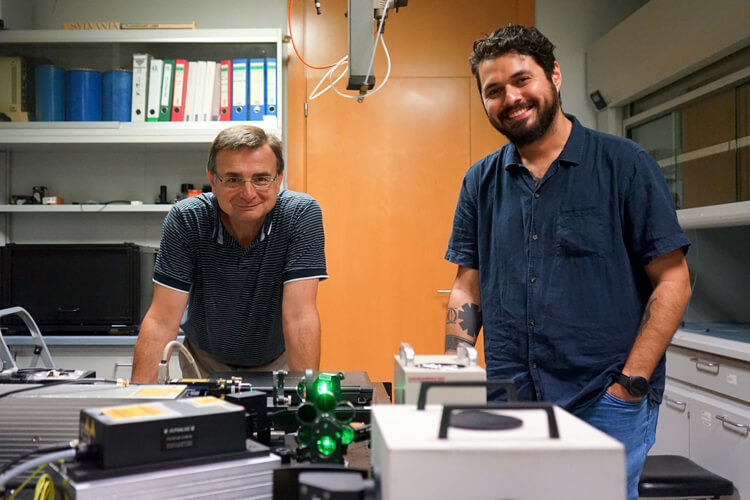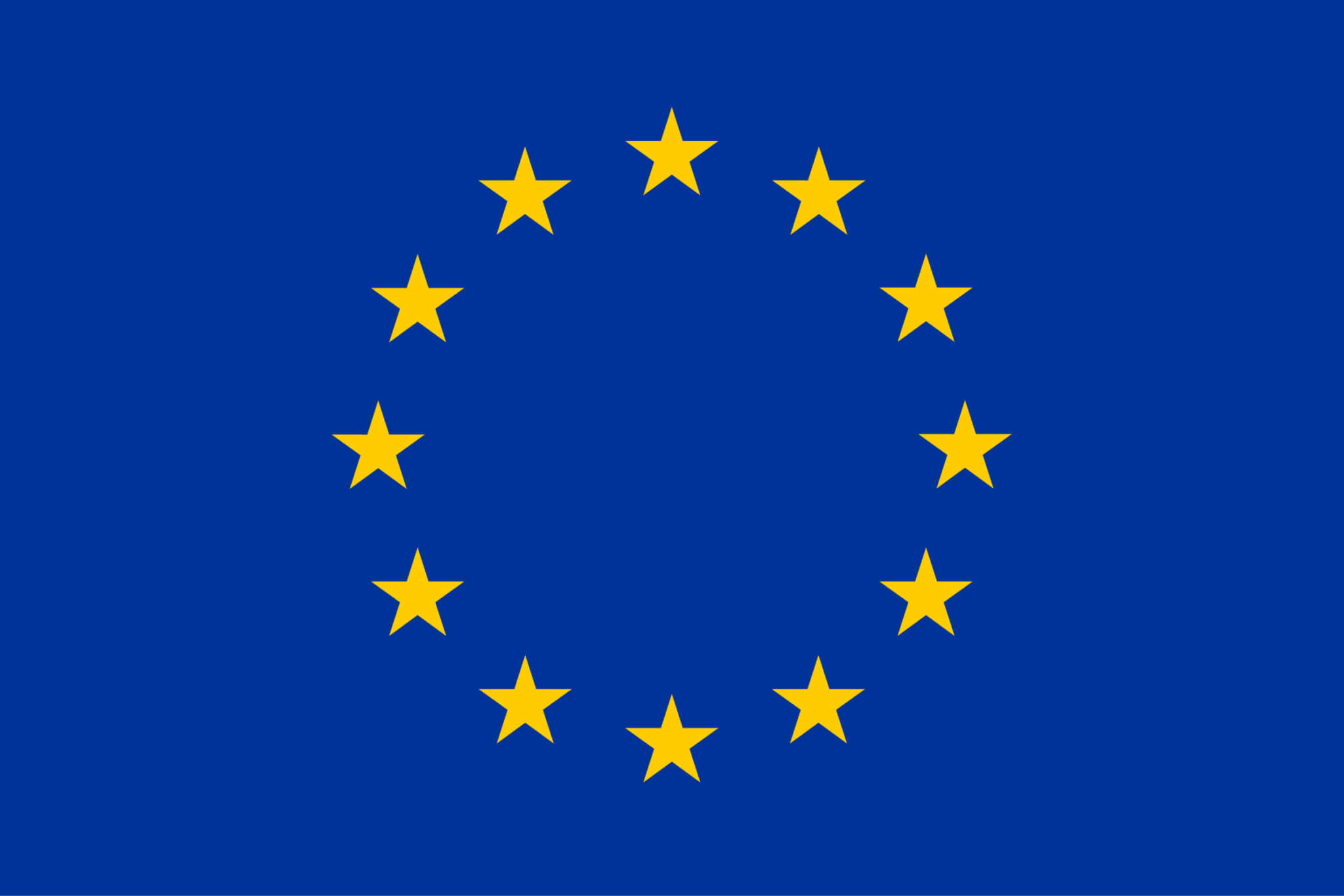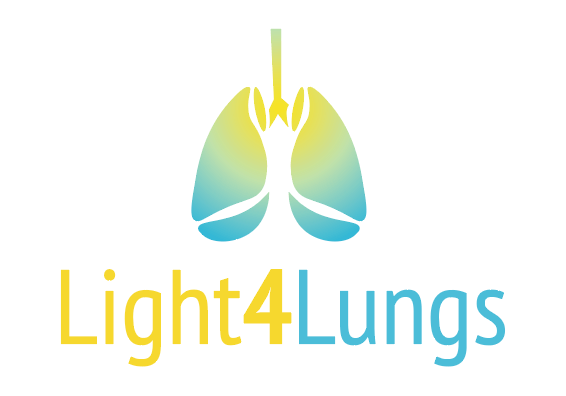Photodynamic Therapies to Combat Antimicrobial Resistance

Light4Lungs is a European project within the H2020 FET Open programme, led by Dr Santi Nonell, coordinator of the Applied Photobiological Chemistry – AppLightChem research group at the IQS School of Engineering. This multidisciplinary project, formed by a consortium of research centres and European companies, seeks to address the problem of antimicrobial resistance in the treatment of chronic lung infections, a cause of morbidity and mortality in patients affected by cystic fibrosis or hospital-acquired lung infections. To do this, the researchers working in this consortium are creating a lung illumination system from the inside, having verified that light is able to induce bacterial inactivation through the action of endogenous photosensitizing agents, inherent and natural constituents in bacteria. In this way, the bacteria responsible for infections such as cystic fibrosis are inactivated by the action of light.
Light4Lungs’s main objective is to produce nanoparticles that can be breathed in and that are capable of emitting light while inside the lungs – as “internal nano lanterns” – that emit light when breathed in by the patient then are exhaled. With each breath, light enters the lungs and inactivates bacterial action.
In order to properly design the final device, it is essential to understand the mechanism for destroying bacteria with the effect of light, an area of specialization currently being worked on by Dr Luciano Dibona, who has formed part of the Light4Lungs research group since 2021. We spoke with him and Dr Santi Nonell about Dr Dibona’s area of research and him joining the IQS AppLightChem group as a postdoctoral researcher.
Luciano, what has your journey as a researcher been like and how did you end up at IQS?
L.D. I completed my PhD in Photobiology at the Pontifical Catholic University of Chile, under Dr Denis Fuentealba. During my studies, I worked in specific antimicrobial dynamic phototherapy in the field of agriculture, specifically in photodynamic therapy applied to the treatment of fungal infections. But one of my goals was to apply this same discipline in the area of medicine.
I first became familiar with the IQS research group at a conference on Photobiology in 2019 when I was still doing my doctoral thesis. When I graduated, Dr Fuentealba contacted Dr Nonell to establish a partnership between the two universities. In addition, it coincided with the call for a position as a postdoctoral researcher with the Light4Lungs project (L4L). I’m really happy to have come to IQS, it represents a very important step forward in my career!
What attracted you to the AppLightChem group?
L.D. It was the perfect match for me considering my area of experience and the IQS group’s work areas! I should also add that the research area of the L4L project was a logical step forward in my career. The project’s general objective is focused on applying photodynamic therapy in a medical area, which is what I’m most passionate about. Considering the research lines in AppLightChem, I didn’t hesitate. And here I am!
What is your contribution to Light4Lungs?
L.D As a group, our goal within the project is to describe the mechanistic part of the proposed therapeutic scheme. My contribution, in particular, is the application of my knowledge in particle photophysics and microbiology aspects. Putting all this together, we want to start making coherent proposals to describe the mechanisms of bacteria inactivation and elimination through the contribution of light. L4L was launched in 2020. In my case, I’m under contract for two years to work on the project until it ends in May 2024.
“We want to make proposals to describe the mechanisms of bacteria inactivation and elimination through the contribution of light”
S.N I would like to point out that there was an international competition to fill this postdoctoral position in the project. This was an essential requirement because it is being financed with public European funds. Luciano earned the job out of more than 20 candidates.
Santi, what does Luciano being on the team represent for your group?
S.N. As he said earlier, Dr Fuentealba’s group contacted us back in 2019 to see about joining our group at IQS, although it wasn’t possible at the time. Then the pandemic came and everything stopped along with it. Luciano was finally able to join our group in 2021, and he conducts very concrete and specific tasks.
The field of antimicrobial phototherapy is relatively small, with just a handful of groups around the world working on it. L4L is one of the European Union’s Future and Emerging Technologies (FET) projects that seek emerging and new areas of research. It’s just in its infancy and there aren’t many researchers around the world who already have the appropriate training as a professional researcher at the postdoctoral level to work on it. One such group is Dr Denis Fuentealba’s in Chile, where Luciano went to school. From day one, he had all the skills to work in this area. Compared to other candidates with fantastic backgrounds, but who were experts in other areas, Luciano was the one who best fit this project.
“Antimicrobial phototherapy is one of the emerging technologies supported within the European FET programmes”
I should also note that our group was fully aware of Dr Fuentealba’s group as he has created an incredibly solid research group in this field. That’s why we were convinced that we were hiring a very well-prepared individual. In addition to his time in Barcelona, IQS will produce a return in Chile, and this aspect is very important for me: seeking to promote photobiology worldwide.
He had many positive points when it came to joining AppLightChem: the right fit, the history of the group he came from, and the prospect of contributing to the future development of this science in Chile.
What is his contribution to IQS?
S.N. Outstanding! He’s doing everything he came to do. His work ranges from microbiology work with other IQS experts to mechanistic characterization studies of the light-emitting particles we are creating and studying the mechanism of light-induced cell death, which are the contributions of our AppLightChem group to the Light4Lungs project.
Luciano, would you like to stay at IQS and here in Barcelona?
L.D. It’s difficult to say. It depends on how everything goes in this ever-changing world, but one of the proposals is to return with all the knowledge and scientific skills to Chile to contribute the knowledge I have acquired here and promote photobiology even more to help groups that are already consolidated grow even more.
The Light4Lungs Project has received funding from the European Union’s Horizon 2020 research and innovation programme under contract No. 863102.
RELATED PEOPLE:
Santi Nonell Marrugat, PhD
RELATED PROJECTS
LIGHT4LUNGS (Fotones y radicales de O2 para combatir infecciones resistentes a antibioticos)




